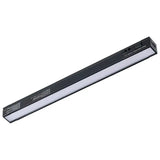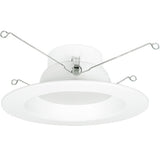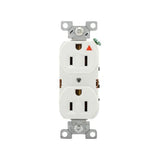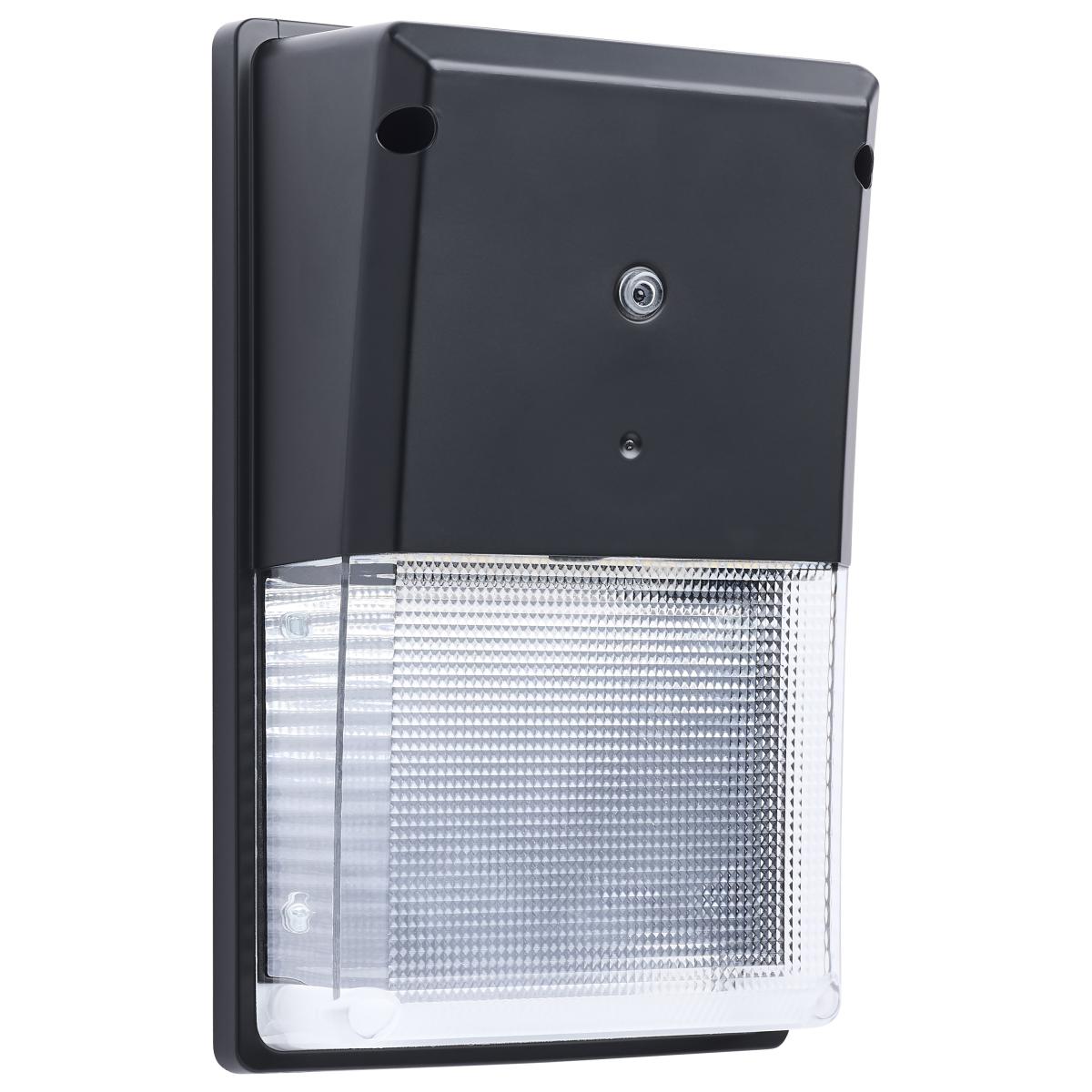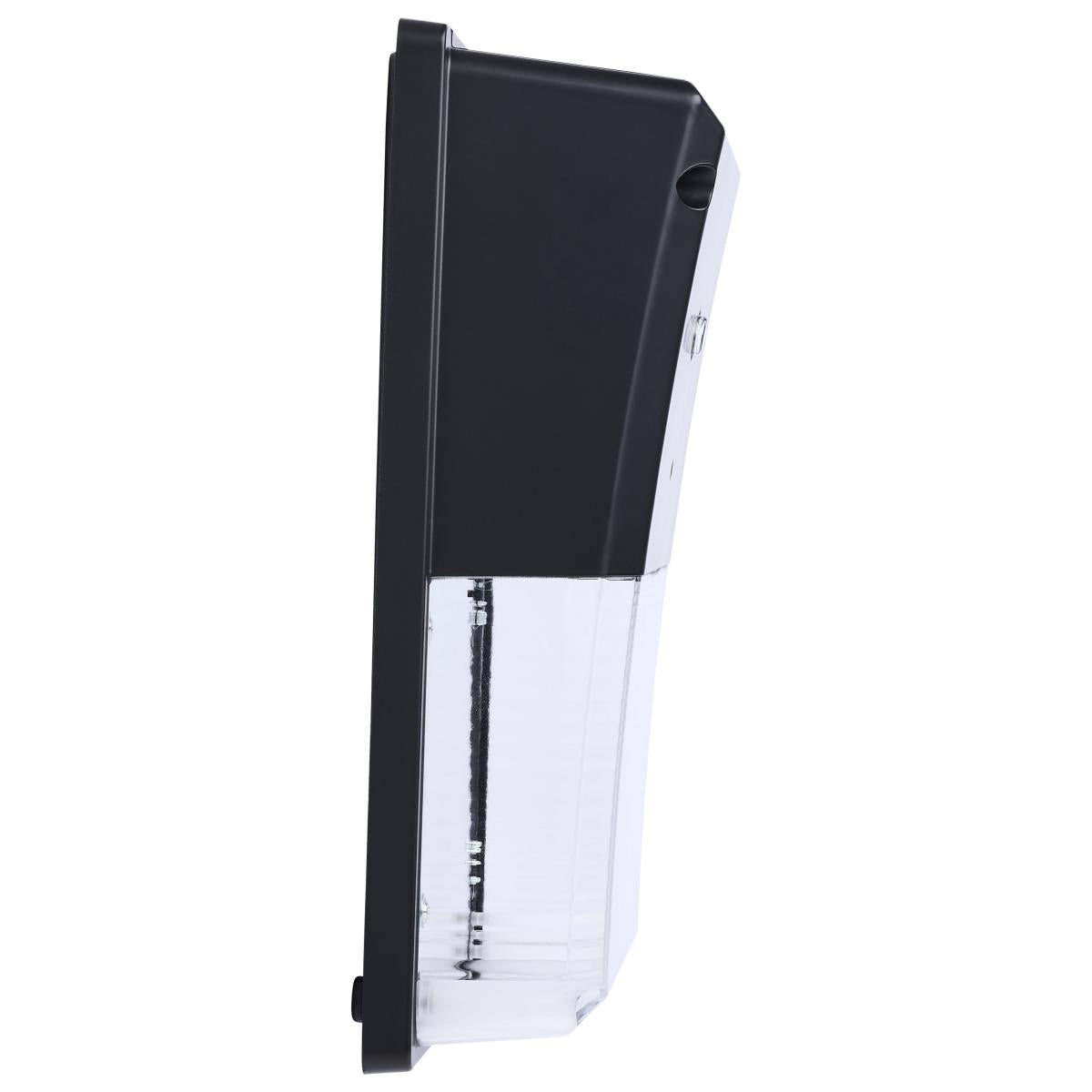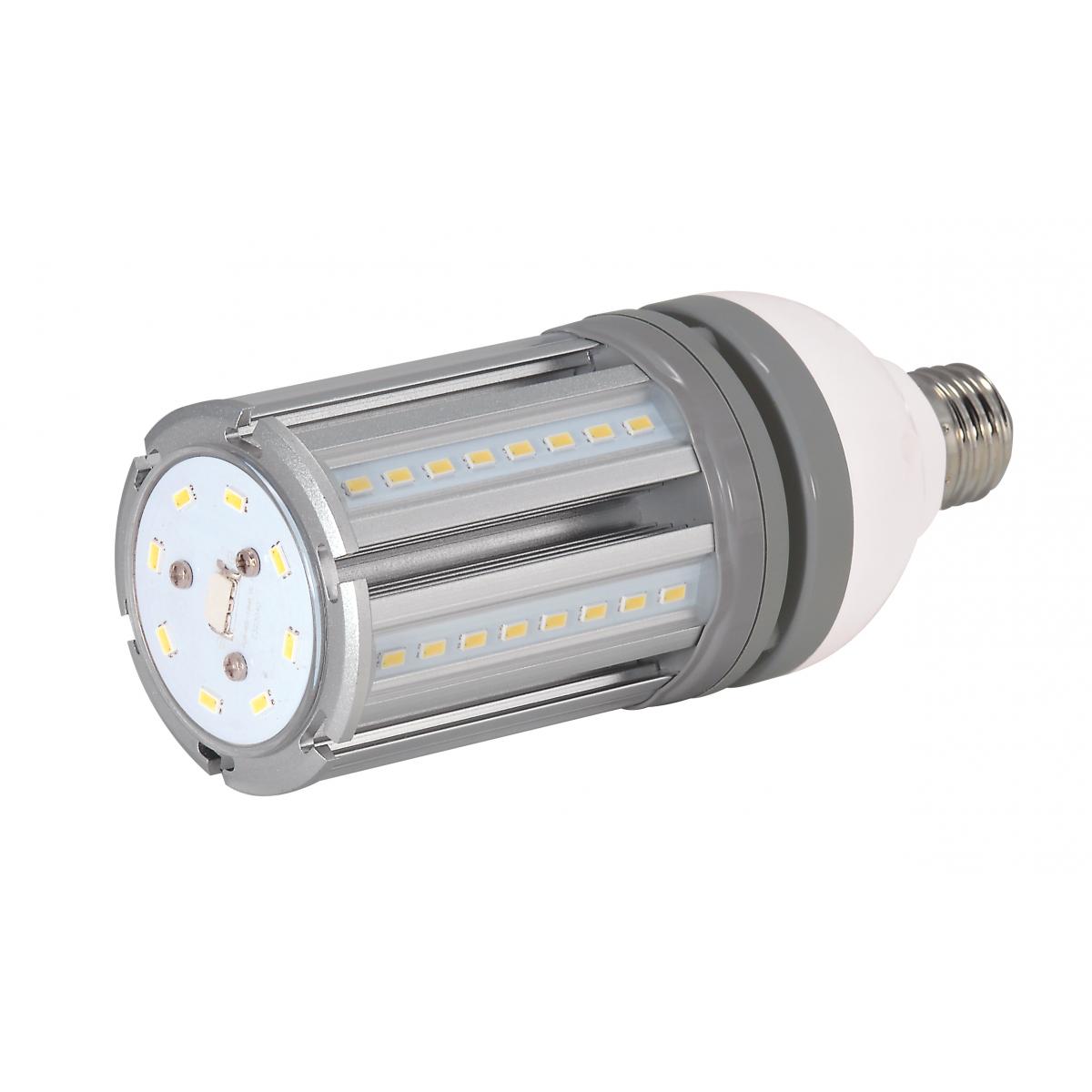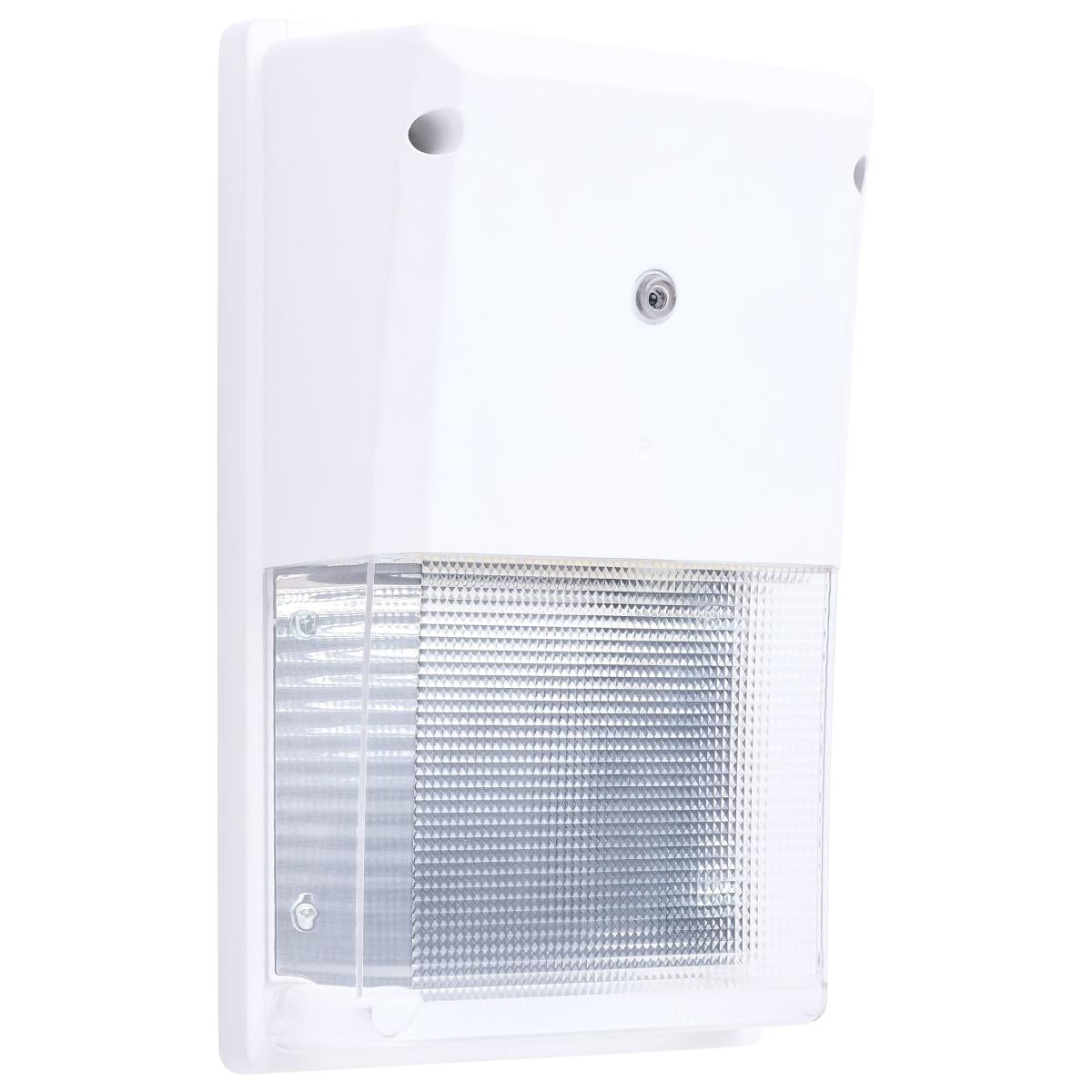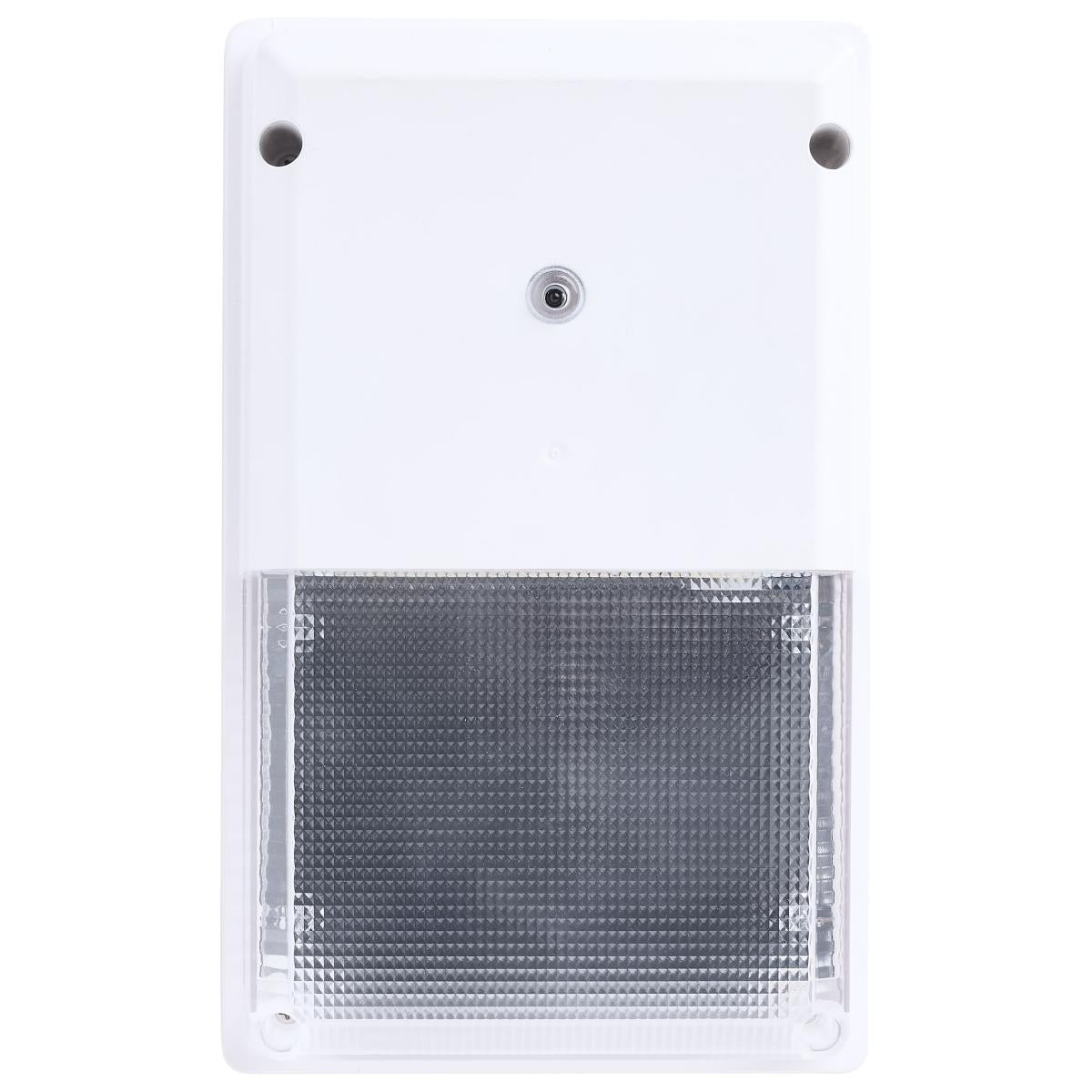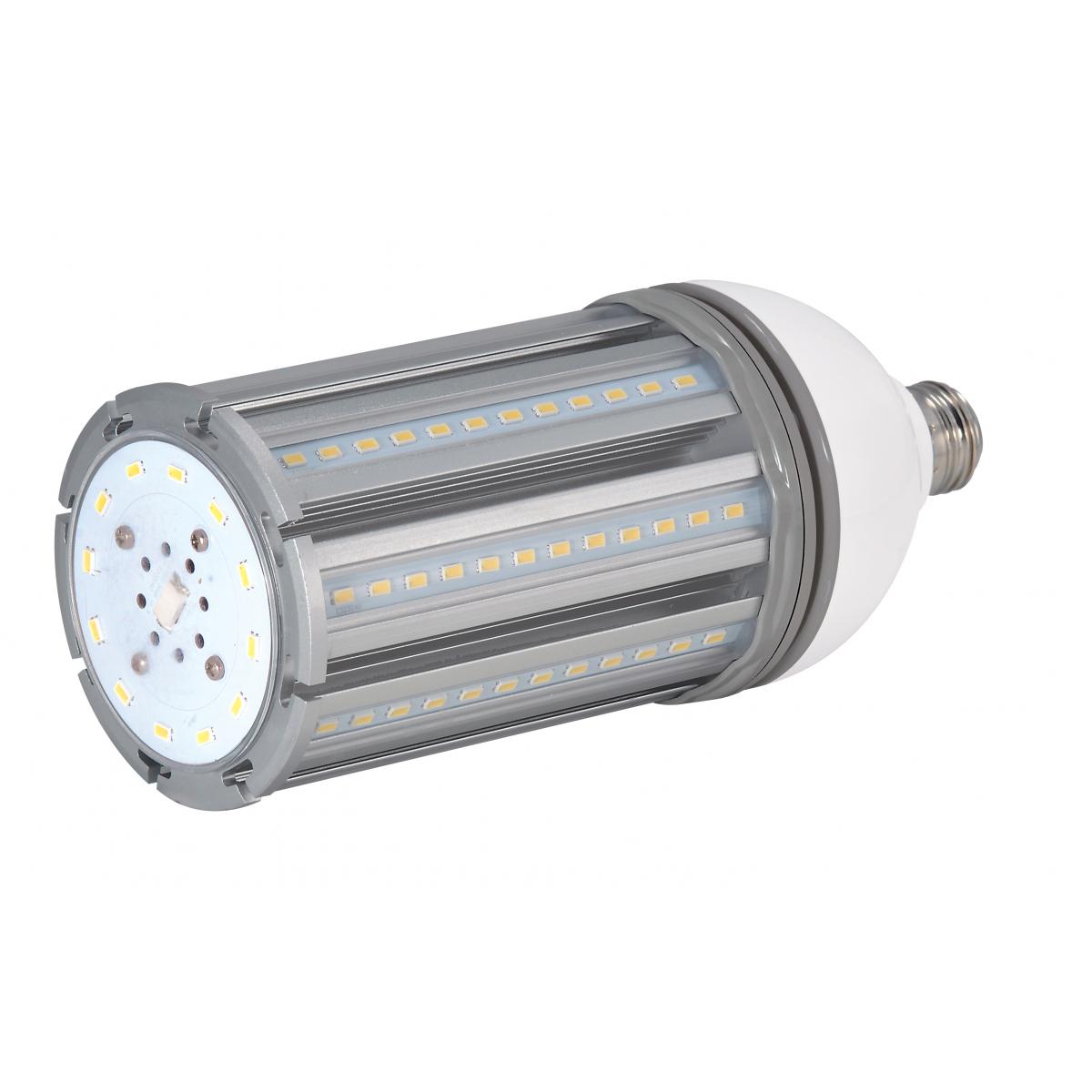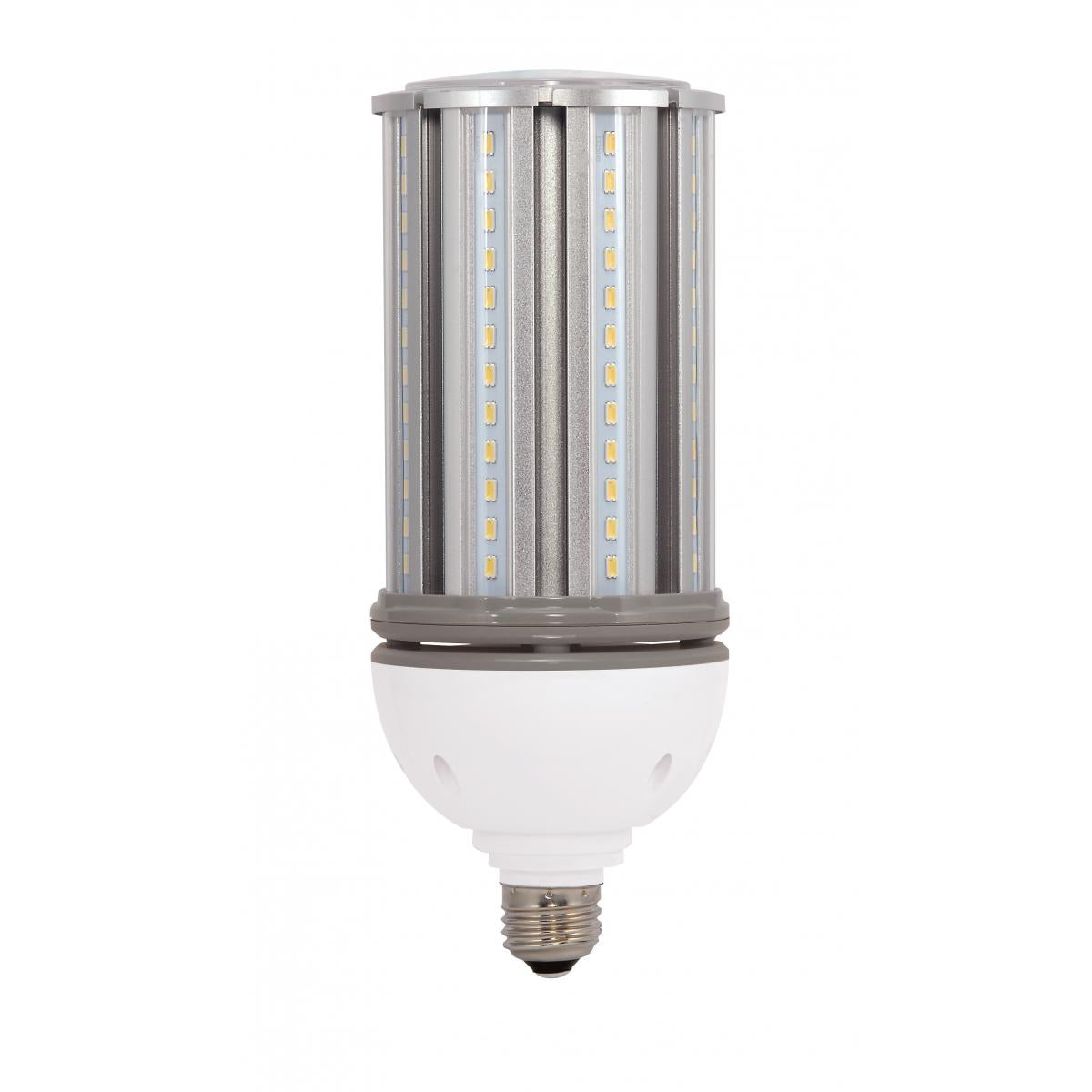Turtle-friendly lighting, particularly with a peak wavelength of 560 nanometers, is designed to minimize disturbance to the sea turtles by using long-wavelength amber or red light, which they are less sensitive to
Why 560 nanometers (and above)?
-
Sea turtles are more attracted to shorter wavelengths of light, and long wavelengths (like amber or red) are less disruptive to their navigation and nesting behaviors.
How it works:Turtle-friendly lights emit a peak wavelength of 560 nanometers or greater, which falls within the amber or red part of the visible light spectrum.
-
Benefits:
- Reduced Disorientation: By using long-wavelength light, these fixtures help prevent sea turtles from being disoriented by artificial lights, which can lead them away from the ocean and onto land.
- Coastal Area Protection: Turtle-friendly lighting is particularly important in coastal areas where sea turtles nest and migrate.
- Compliance with Regulations: Many coastal areas have regulations in place to minimize the impact of artificial lighting on sea turtles, and turtle-friendly lighting helps meet these standards.
-

